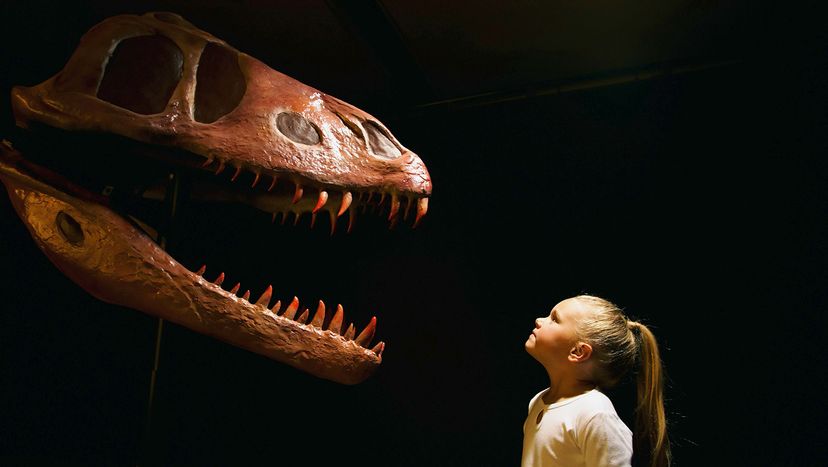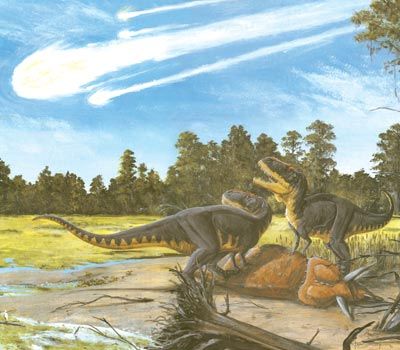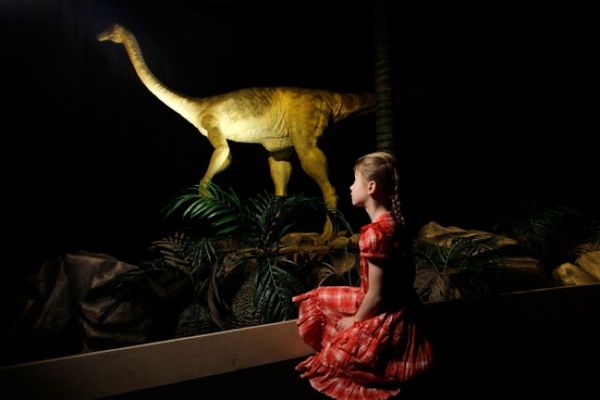Birds are the only direct descendants of theropod dinosaurs. In an evolutionary sense, they're the closest thing we have to living dinosaurs. The theropods — which include the Tyrannosaurus rex, velociraptor and other dinosaurs — were a diverse group of bipedal carnivores.
However, not all theropods were terrifying giants. Some were quite small and likely covered in feathers, leading scientists to believe that these feathered theropods are the ancestors of our modern birds.
The way theropod dinosaurs gradually evolved into birds showcases the adaptability of life and natural selection. The fossil record shows a gradual evolution in theropods towards the birds we see today.
Key changes included the development of a wishbone, the fusion of bones to form a stronger, more lightweight skeleton and the evolution of feathers from simple filaments to complex structures capable of flight.
The traits that define modern birds — feathers, a beak without teeth and the laying of hard-shelled eggs — were all present in some form in their dinosaur ancestors.
In fact, the Archaeopteryx, often considered the first bird, provides a snapshot of this transition. With its mix of avian and reptilian features, it helps us visualize the intermediate stages of this evolutionary journey.


